Madhusanka Liyanage
6G Resilience -- White Paper
Sep 10, 2025Abstract:6G must be designed to withstand, adapt to, and evolve amid prolonged, complex disruptions. Mobile networks' shift from efficiency-first to sustainability-aware has motivated this white paper to assert that resilience is a primary design goal, alongside sustainability and efficiency, encompassing technology, architecture, and economics. We promote resilience by analysing dependencies between mobile networks and other critical systems, such as energy, transport, and emergency services, and illustrate how cascading failures spread through infrastructures. We formalise resilience using the 3R framework: reliability, robustness, resilience. Subsequently, we translate this into measurable capabilities: graceful degradation, situational awareness, rapid reconfiguration, and learning-driven improvement and recovery. Architecturally, we promote edge-native and locality-aware designs, open interfaces, and programmability to enable islanded operations, fallback modes, and multi-layer diversity (radio, compute, energy, timing). Key enablers include AI-native control loops with verifiable behaviour, zero-trust security rooted in hardware and supply-chain integrity, and networking techniques that prioritise critical traffic, time-sensitive flows, and inter-domain coordination. Resilience also has a techno-economic aspect: open platforms and high-quality complementors generate ecosystem externalities that enhance resilience while opening new markets. We identify nine business-model groups and several patterns aligned with the 3R objectives, and we outline governance and standardisation. This white paper serves as an initial step and catalyst for 6G resilience. It aims to inspire researchers, professionals, government officials, and the public, providing them with the essential components to understand and shape the development of 6G resilience.
A Survey on Federated Learning for the Healthcare Metaverse: Concepts, Applications, Challenges, and Future Directions
Apr 05, 2023



Abstract:Recent technological advancements have considerately improved healthcare systems to provide various intelligent healthcare services and improve the quality of life. Federated learning (FL), a new branch of artificial intelligence (AI), opens opportunities to deal with privacy issues in healthcare systems and exploit data and computing resources available at distributed devices. Additionally, the Metaverse, through integrating emerging technologies, such as AI, cloud edge computing, Internet of Things (IoT), blockchain, and semantic communications, has transformed many vertical domains in general and the healthcare sector in particular. Obviously, FL shows many benefits and provides new opportunities for conventional and Metaverse healthcare, motivating us to provide a survey on the usage of FL for Metaverse healthcare systems. First, we present preliminaries to IoT-based healthcare systems, FL in conventional healthcare, and Metaverse healthcare. The benefits of FL in Metaverse healthcare are then discussed, from improved privacy and scalability, better interoperability, better data management, and extra security to automation and low-latency healthcare services. Subsequently, we discuss several applications pertaining to FL-enabled Metaverse healthcare, including medical diagnosis, patient monitoring, medical education, infectious disease, and drug discovery. Finally, we highlight significant challenges and potential solutions toward the realization of FL in Metaverse healthcare.
Need of 6G for the Metaverse Realization
Dec 28, 2022Abstract:The concept of the Metaverse aims to bring a fully-fledged extended reality environment to provide next generation applications and services. Development of the Metaverse is backed by many technologies, including, 5G, artificial intelligence, edge computing and extended reality. The advent of 6G is envisaged to mark a significant milestone in the development of the Metaverse, facilitating near-zero-latency, a plethora of new services and upgraded real-world infrastructure. This paper establishes the advantages of providing the Metaverse services over 6G along with an overview of the demanded technical requirements. The paper provides an insight to the concepts of the Metaverse and the envisaged technical capabilities of 6G mobile networks. Then, the technical aspects covering 6G for the development of the Metaverse, ranging from validating digital assets, interoperability, and efficient user interaction in the Metaverse to related security and privacy aspects are elaborated. Subsequently, the role of 6G technologies towards enabling the Metaverse, including artificial intelligence, blockchain, open radio access networks, edge computing, cloudification and internet of everything. The paper also presents 6G integration challenges and outlines ongoing projects towards developing the Metaverse technologies to facilitate the Metaverse applications and services.
Autonomy and Intelligence in the Computing Continuum: Challenges, Enablers, and Future Directions for Orchestration
May 03, 2022
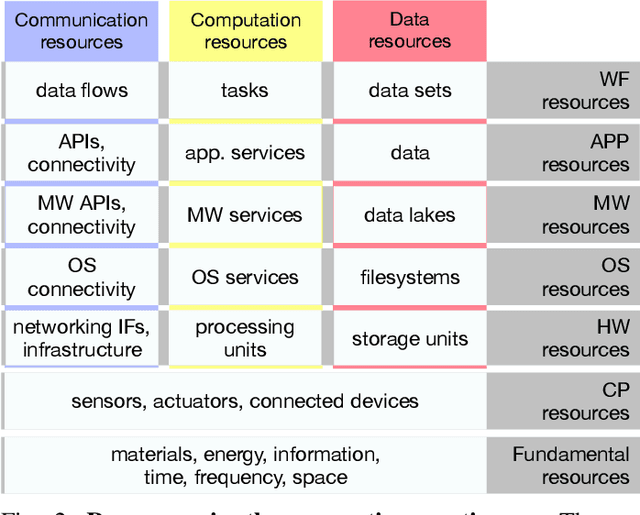


Abstract:Future AI applications require performance, reliability and privacy that the existing, cloud-dependant system architectures cannot provide. In this article, we study orchestration in the device-edge-cloud continuum, and focus on AI for edge, that is, the AI methods used in resource orchestration. We claim that to support the constantly growing requirements of intelligent applications in the device-edge-cloud computing continuum, resource orchestration needs to embrace edge AI and emphasize local autonomy and intelligence. To justify the claim, we provide a general definition for continuum orchestration, and look at how current and emerging orchestration paradigms are suitable for the computing continuum. We describe certain major emerging research themes that may affect future orchestration, and provide an early vision of an orchestration paradigm that embraces those research themes. Finally, we survey current key edge AI methods and look at how they may contribute into fulfilling the vision of future continuum orchestration.
A Survey on XAI for Beyond 5G Security: Technical Aspects, Use Cases, Challenges and Research Directions
Apr 27, 2022
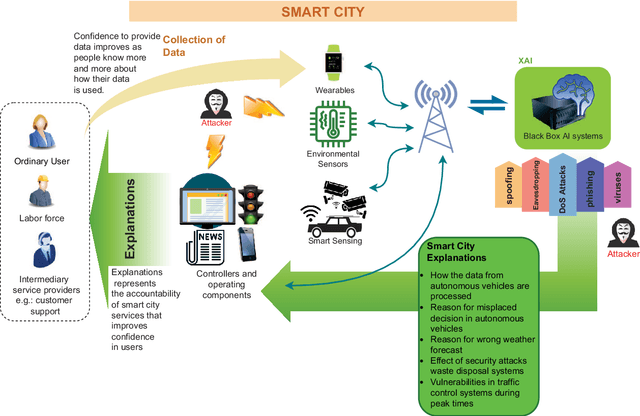
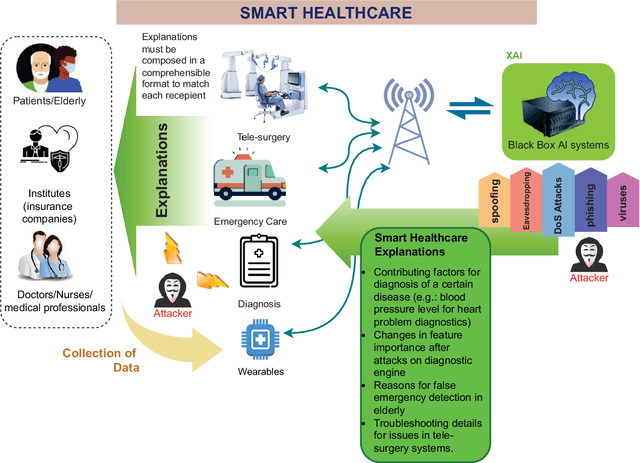
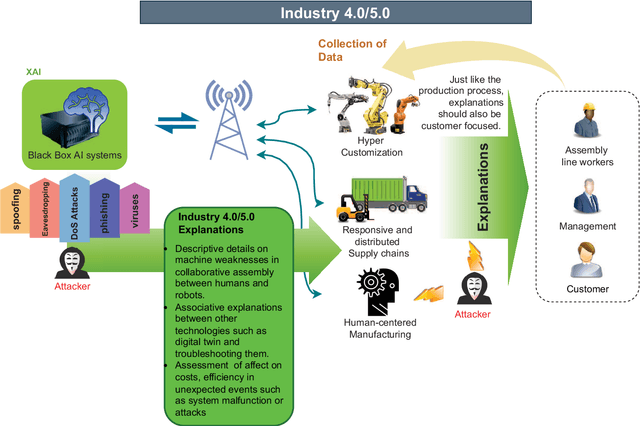
Abstract:With the advent of 5G commercialization, the need for more reliable, faster, and intelligent telecommunication systems are envisaged for the next generation beyond 5G (B5G) radio access technologies. Artificial Intelligence (AI) and Machine Learning (ML) are not just immensely popular in the service layer applications but also have been proposed as essential enablers in many aspects of B5G networks, from IoT devices and edge computing to cloud-based infrastructures. However, most of the existing surveys in B5G security focus on the performance of AI/ML models and their accuracy, but they often overlook the accountability and trustworthiness of the models' decisions. Explainable AI (XAI) methods are promising techniques that would allow system developers to identify the internal workings of AI/ML black-box models. The goal of using XAI in the security domain of B5G is to allow the decision-making processes of the security of systems to be transparent and comprehensible to stakeholders making the systems accountable for automated actions. In every facet of the forthcoming B5G era, including B5G technologies such as RAN, zero-touch network management, E2E slicing, this survey emphasizes the role of XAI in them and the use cases that the general users would ultimately enjoy. Furthermore, we presented the lessons learned from recent efforts and future research directions on top of the currently conducted projects involving XAI.
Explainable AI for B5G/6G: Technical Aspects, Use Cases, and Research Challenges
Dec 09, 2021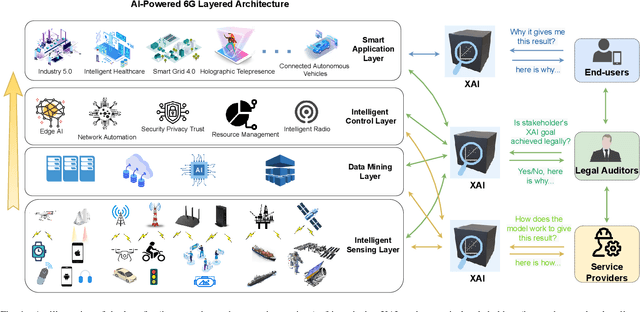
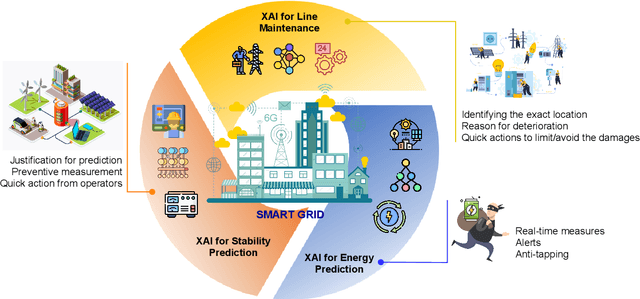
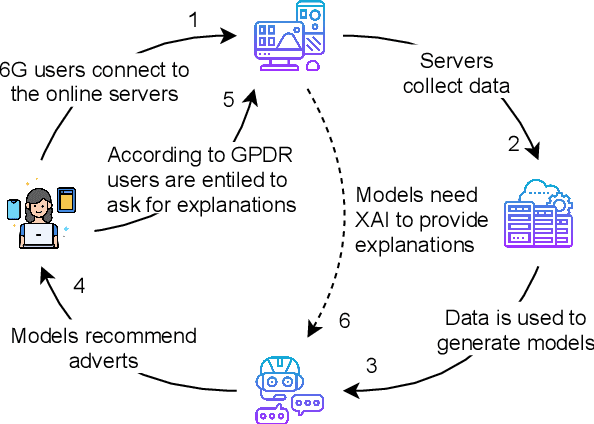
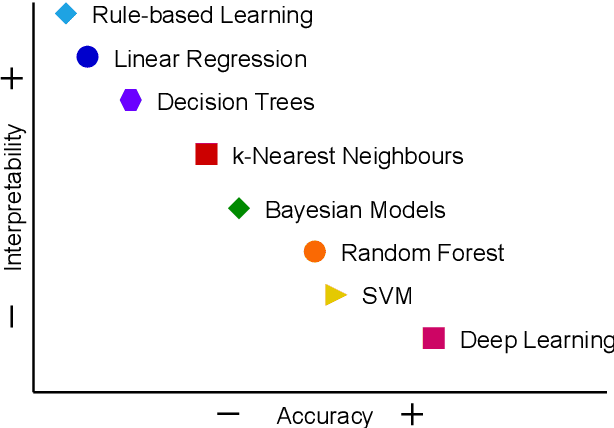
Abstract:When 5G began its commercialisation journey around 2020, the discussion on the vision of 6G also surfaced. Researchers expect 6G to have higher bandwidth, coverage, reliability, energy efficiency, lower latency, and, more importantly, an integrated "human-centric" network system powered by artificial intelligence (AI). Such a 6G network will lead to an excessive number of automated decisions made every second. These decisions can range widely, from network resource allocation to collision avoidance for self-driving cars. However, the risk of losing control over decision-making may increase due to high-speed data-intensive AI decision-making beyond designers and users' comprehension. The promising explainable AI (XAI) methods can mitigate such risks by enhancing the transparency of the black box AI decision-making process. This survey paper highlights the need for XAI towards the upcoming 6G age in every aspect, including 6G technologies (e.g., intelligent radio, zero-touch network management) and 6G use cases (e.g., industry 5.0). Moreover, we summarised the lessons learned from the recent attempts and outlined important research challenges in applying XAI for building 6G systems. This research aligns with goals 9, 11, 16, and 17 of the United Nations Sustainable Development Goals (UN-SDG), promoting innovation and building infrastructure, sustainable and inclusive human settlement, advancing justice and strong institutions, and fostering partnership at the global level.
Roadmap for Edge AI: A Dagstuhl Perspective
Nov 27, 2021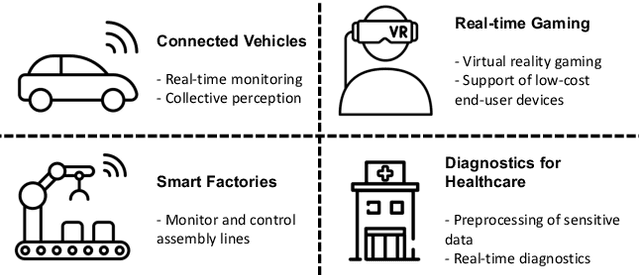
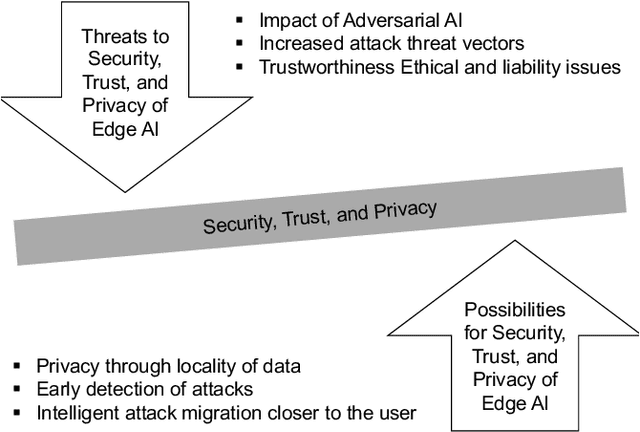
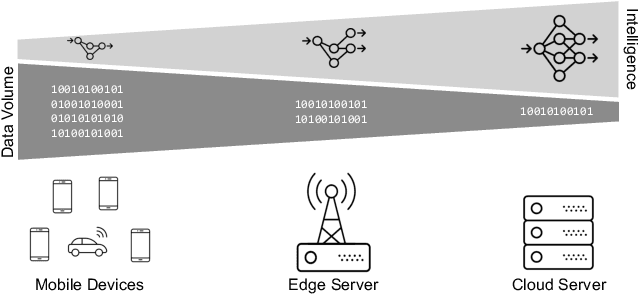

Abstract:Based on the collective input of Dagstuhl Seminar (21342), this paper presents a comprehensive discussion on AI methods and capabilities in the context of edge computing, referred as Edge AI. In a nutshell, we envision Edge AI to provide adaptation for data-driven applications, enhance network and radio access, and allow the creation, optimization, and deployment of distributed AI/ML pipelines with given quality of experience, trust, security and privacy targets. The Edge AI community investigates novel ML methods for the edge computing environment, spanning multiple sub-fields of computer science, engineering and ICT. The goal is to share an envisioned roadmap that can bring together key actors and enablers to further advance the domain of Edge AI.
Federated Learning for Big Data: A Survey on Opportunities, Applications, and Future Directions
Oct 17, 2021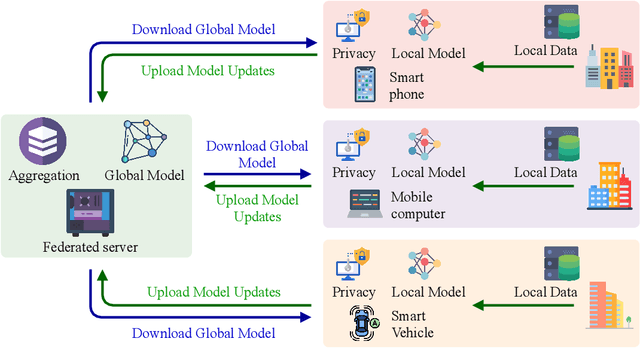
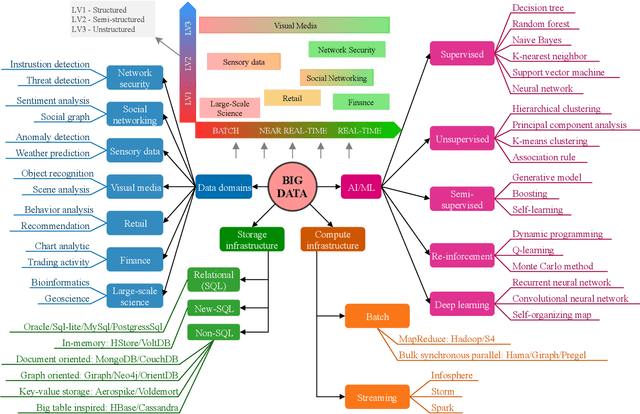

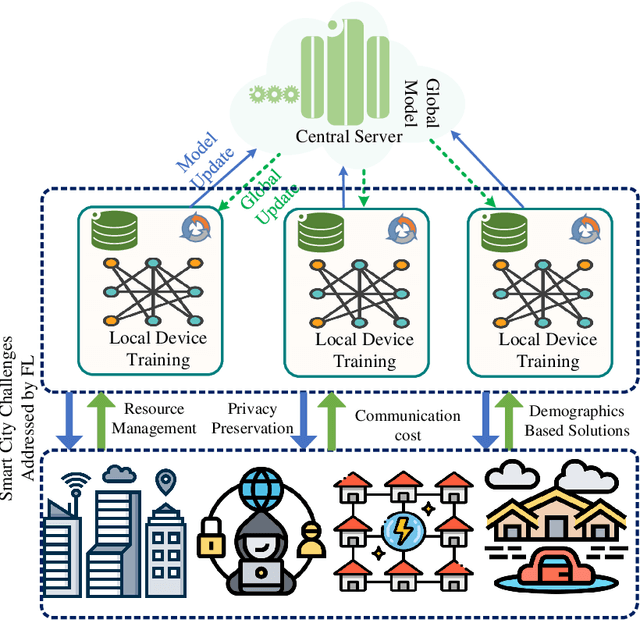
Abstract:Big data has remarkably evolved over the last few years to realize an enormous volume of data generated from newly emerging services and applications and a massive number of Internet-of-Things (IoT) devices. The potential of big data can be realized via analytic and learning techniques, in which the data from various sources is transferred to a central cloud for central storage, processing, and training. However, this conventional approach faces critical issues in terms of data privacy as the data may include sensitive data such as personal information, governments, banking accounts. To overcome this challenge, federated learning (FL) appeared to be a promising learning technique. However, a gap exists in the literature that a comprehensive survey on FL for big data services and applications is yet to be conducted. In this article, we present a survey on the use of FL for big data services and applications, aiming to provide general readers with an overview of FL, big data, and the motivations behind the use of FL for big data. In particular, we extensively review the use of FL for key big data services, including big data acquisition, big data storage, big data analytics, and big data privacy preservation. Subsequently, we review the potential of FL for big data applications, such as smart city, smart healthcare, smart transportation, smart grid, and social media. Further, we summarize a number of important projects on FL-big data and discuss key challenges of this interesting topic along with several promising solutions and directions.
Deep Learning for Intelligent Demand Response and Smart Grids: A Comprehensive Survey
Jan 20, 2021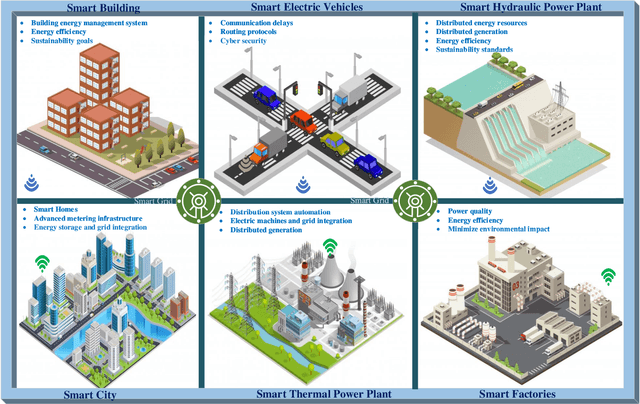
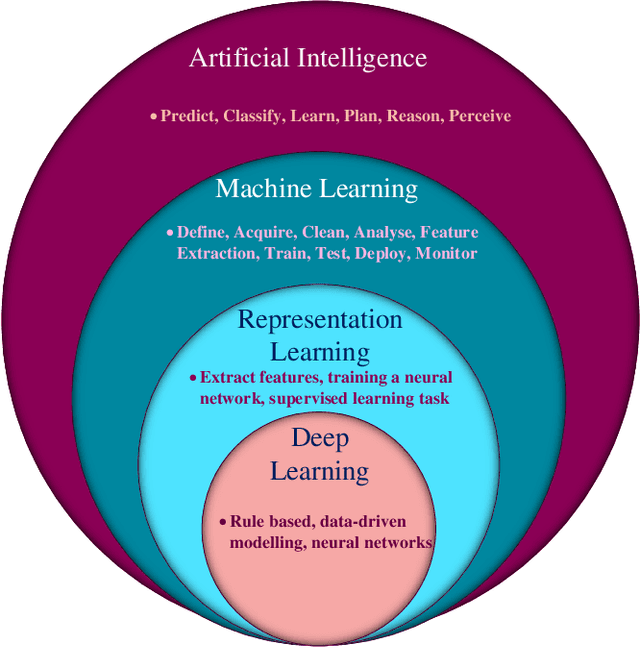
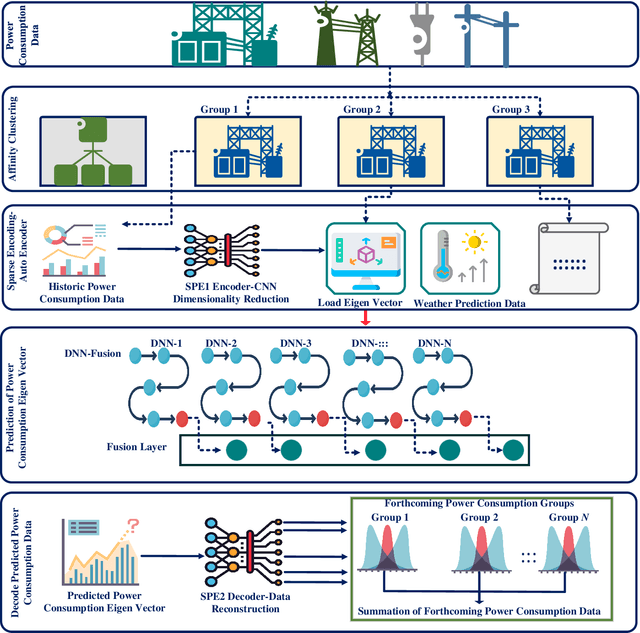
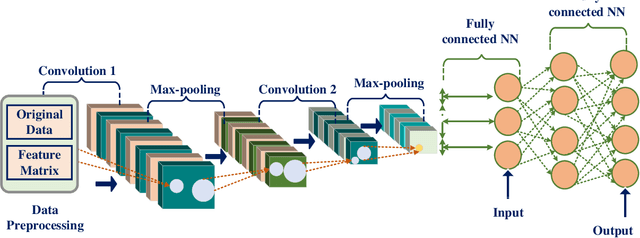
Abstract:Electricity is one of the mandatory commodities for mankind today. To address challenges and issues in the transmission of electricity through the traditional grid, the concepts of smart grids and demand response have been developed. In such systems, a large amount of data is generated daily from various sources such as power generation (e.g., wind turbines), transmission and distribution (microgrids and fault detectors), load management (smart meters and smart electric appliances). Thanks to recent advancements in big data and computing technologies, Deep Learning (DL) can be leveraged to learn the patterns from the generated data and predict the demand for electricity and peak hours. Motivated by the advantages of deep learning in smart grids, this paper sets to provide a comprehensive survey on the application of DL for intelligent smart grids and demand response. Firstly, we present the fundamental of DL, smart grids, demand response, and the motivation behind the use of DL. Secondly, we review the state-of-the-art applications of DL in smart grids and demand response, including electric load forecasting, state estimation, energy theft detection, energy sharing and trading. Furthermore, we illustrate the practicality of DL via various use cases and projects. Finally, we highlight the challenges presented in existing research works and highlight important issues and potential directions in the use of DL for smart grids and demand response.
 Add to Chrome
Add to Chrome Add to Firefox
Add to Firefox Add to Edge
Add to Edge